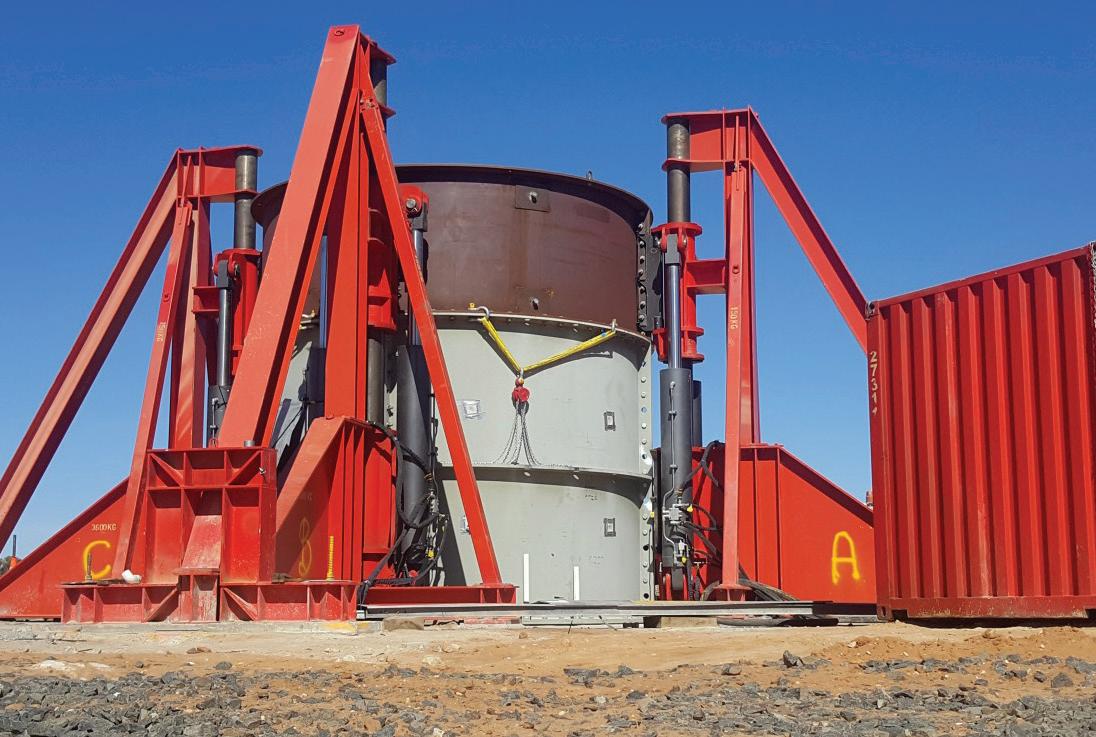PNEUMATIC CONVEYING
Recent progress in the understanding of dense phase flow stability Dr Ognjen Orozovic specialises in pneumatic conveying as a Research Associate with the Centre for Bulk Solids & Particulate Technologies at the University of Newcastle (UoN). In this article, Dr Orozovic reviews recent developments in pneumatic conveying research at UoN. THE RELATIVELY LOW NUMBER OF moving parts, flexible routing and fully enclosed transport are some of the unique advantages of pneumatic conveyors that have resulted in their widespread applications in industry. Where possible, low velocity dense phase pneumatic conveying offers favourable conditions in regard to operational efficiency and pipeline`wear. Unfortunately, the highly dynamic and complex nature of dense phase flows remains a challenge for the development of reliable design and analysis tools, which are required for the potential of these flows to be realised. Within the field, steady-state is often assumed as a simplification; however, there currently is limited knowledge on which conditions a steady assumption is
46 І Australian Bulk Handling Review: March/April 2022
appropriate for such dynamic flows. Recent studies at the University of Newcastle [1–3] have investigated this knowledge gap in dense phase flow stability, such that more appropriate design and analysis tools for these complex flows can be developed.
Stability analysis Simplest case of single slug conveying Slug flow and fluidised dense phase are similar for being discontinuous wave flows. However, there are differences in both the waves themselves and the layers of material separating these waves. The relatively less dynamic slug flow, with its stationary layers and equal particle velocities throughout the wave, is the simpler of the two dense phase flows when considering stability. The simplest case for analysis of dense phase stability is that of single
slug conveying. In slug flow, a slug wave propagates through the stationary layers of material that partially fill the pipeline (Figure 1). Material is pickedup from the stationary layer ahead of a slug and at the same time material is being dropped off from the slug to form a stationary layer behind itself. This particle exchange between a slug and its stationary layers is responsible for the slug wave travelling faster than the particles within it. This is because the wave velocity vw is the sum of the particle velocity vp and the perceived velocity from these particle exchanges, which effectively translates a slug in space and is termed as the velocity c.
Figure 2: Single slug showing fundamental parameters, and particle exchanges with stationary layers.












